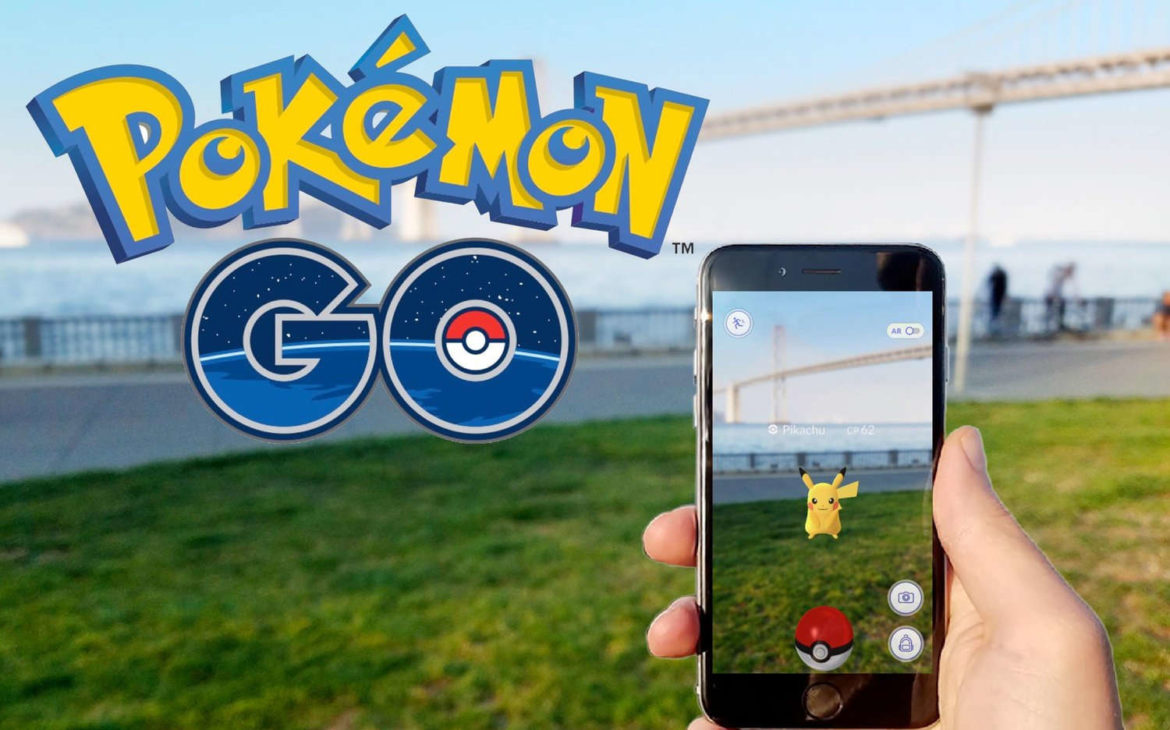
Whether you like it or not, Pokémon Go is one of the highest-grossing apps in recent history. Like most, you probably found out about this revolutionary game by bumping into a group of millennials who seemed even more obsessed with their phones than usual. The penny really dropped for me when I saw a grown man in a Pikachu onesie lingering around the edge of a war memorial. Love it or loathe it, we can certainly learn a few things from the success of Pokémon Go.
First of all, the nostalgia of the Pokémon franchise. This franchise has been raking in a lot of capital since it was first created, but we haven’t seen it explode like this since the late nineties. This is when every millennial was barely out of diapers, mobile phones resembled bricks, and Gameboys were among the highest grossing products in the world. While not all of them continued to buy the Nintendo DS line through their adolescence, a free app you can download to any smartphone is much more accessible and appealing. When asked, a lot of millennials have said that the main allure of Pokémon Go was the sense of nostalgia it gave them.
The innovation of Pokémon Go is another big factor which has contributed to the app’s massive success. This is partly why it’s been such a hit among younger kids, who weren’t even born when the original Pokémon games. Unlike other mobile games, playing Pokémon go requires you to get out of the house and visit local landmarks. The game uses your phone’s GPS system to pinpoint where you are, and change virtual factors in the game accordingly. This kind of tech is known as “augmented reality” and will mean a lot of changes for the work of mobile app developers. With the massive success of Pokémon Go, we can expect to see all manner of other games and apps coming out which uses similar tech.
Finally, the sheer brilliance of the monetisation strategy which surrounds the game. The last I checked, Pokémon Go was the highest grossing app on the iPhone app store, and the revenue it’s been able to rake in for Nintendo is all down to its “freemium” model. The game is free to download, and play to a certain extent. However, if you want to make any serious progress, sooner or later you’re going to have to reach for your wallet. In-app purchases are pretty typical for a game like this, and almost all of the money is spent on “lures”. These can be placed at any Poké-stop for 30 minutes at a time. This not only means that there’s no cap on the amount players can spend on the game, but also presents a big opportunity for physical business outlets. One NY pizza joint reported a 75% increase in revenue, simply by purchasing $10 worth of lures. That’s pretty decent ROI for businesses, and gives Nintendo a free marketing opportunity in the process.
